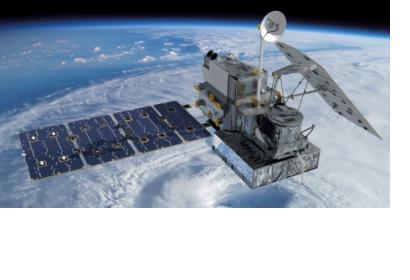NASA is preparing to launch five Earth Science missions in 2014 in order to enhance the monitoring of the planet.
Three of the missions are new Earth Observation satellite missions, which will supply the researchers with additional information about natural hazards and climate change preparedness. The other two launches in 2014 will carry new advanced sensor technology to the International Space Station, where they will be used by the global community.
The first satellite mission is in collaboration with the Japan Aerospace Exploration Agency (JAXA): The Global Precipitation Measurement (GPM) Core Observatory. The launch is set for 27 February from Tanegashima Space Center in Japan. This mission will concentrate on nearly global observation mainly of snowfall and rainfall. It will deliver missing information about the full water cycle, water resources as well as improve weather forecasting.
The Orbiting Carbon Observatory (OCO)-2 is set to launch in July. This satellite will make precise measurements of the levels of carbon dioxide, which is proved to have major impact on global warming.
NASA’s Soil Moisture Active Passive (SMAP) satellite mission will keep track of, as the name says, moisture in the soil. It will be mainly used for agricultural purposes. Launch date is in November.
Two Earth Science Missions will be sent to the International Space Station carrying new measurement instruments to observe ocean winds, clouds and aerosol. ISS-RapidScat, launch in June, will keep record of ocean winds. And the Cloud-Aerosol Transport System (CATS) will extend satellite observation of small particles in the atmosphere. Launch is set for September.

